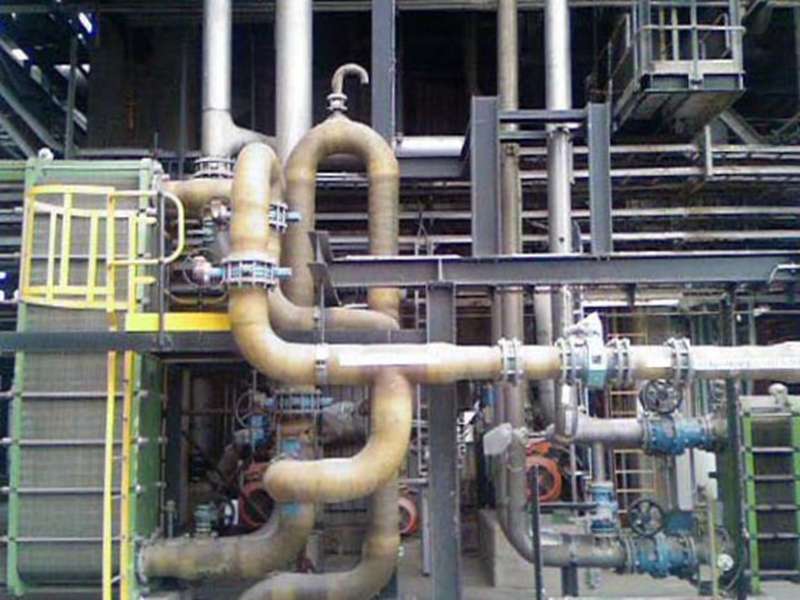
-
 Afrikaans
Afrikaans -
 Albanian
Albanian -
 Amharic
Amharic -
 Arabic
Arabic -
 Armenian
Armenian -
 Azerbaijani
Azerbaijani -
 Basque
Basque -
 Belarusian
Belarusian -
 Bengali
Bengali -
 Bosnian
Bosnian -
 Bulgarian
Bulgarian -
 Catalan
Catalan -
 Cebuano
Cebuano -
 China
China -
 China (Taiwan)
China (Taiwan) -
 Corsican
Corsican -
 Croatian
Croatian -
 Czech
Czech -
 Danish
Danish -
 Dutch
Dutch -
 English
English -
 Esperanto
Esperanto -
 Estonian
Estonian -
 Finnish
Finnish -
 French
French -
 Frisian
Frisian -
 Galician
Galician -
 Georgian
Georgian -
 German
German -
 Greek
Greek -
 Gujarati
Gujarati -
 Haitian Creole
Haitian Creole -
 hausa
hausa -
 hawaiian
hawaiian -
 Hebrew
Hebrew -
 Hindi
Hindi -
 Miao
Miao -
 Hungarian
Hungarian -
 Icelandic
Icelandic -
 igbo
igbo -
 Indonesian
Indonesian -
 irish
irish -
 Italian
Italian -
 Japanese
Japanese -
 Javanese
Javanese -
 Kannada
Kannada -
 kazakh
kazakh -
 Khmer
Khmer -
 Rwandese
Rwandese -
 Korean
Korean -
 Kurdish
Kurdish -
 Kyrgyz
Kyrgyz -
 Lao
Lao -
 Latin
Latin -
 Latvian
Latvian -
 Lithuanian
Lithuanian -
 Luxembourgish
Luxembourgish -
 Macedonian
Macedonian -
 Malgashi
Malgashi -
 Malay
Malay -
 Malayalam
Malayalam -
 Maltese
Maltese -
 Maori
Maori -
 Marathi
Marathi -
 Mongolian
Mongolian -
 Myanmar
Myanmar -
 Nepali
Nepali -
 Norwegian
Norwegian -
 Norwegian
Norwegian -
 Occitan
Occitan -
 Pashto
Pashto -
 Persian
Persian -
 Polish
Polish -
 Portuguese
Portuguese -
 Punjabi
Punjabi -
 Romanian
Romanian -
 Russian
Russian -
 Samoan
Samoan -
 Scottish Gaelic
Scottish Gaelic -
 Serbian
Serbian -
 Sesotho
Sesotho -
 Shona
Shona -
 Sindhi
Sindhi -
 Sinhala
Sinhala -
 Slovak
Slovak -
 Slovenian
Slovenian -
 Somali
Somali -
 Spanish
Spanish -
 Sundanese
Sundanese -
 Swahili
Swahili -
 Swedish
Swedish -
 Tagalog
Tagalog -
 Tajik
Tajik -
 Tamil
Tamil -
 Tatar
Tatar -
 Telugu
Telugu -
 Thai
Thai -
 Turkish
Turkish -
 Turkmen
Turkmen -
 Ukrainian
Ukrainian -
 Urdu
Urdu -
 Uighur
Uighur -
 Uzbek
Uzbek -
 Vietnamese
Vietnamese -
 Welsh
Welsh -
 Bantu
Bantu -
 Yiddish
Yiddish -
 Yoruba
Yoruba -
 Zulu
Zulu
fiberglass storage tanks
The Benefits and Applications of Fiberglass Storage Tanks
Fiberglass storage tanks have become a staple in a variety of industries, offering a durable, lightweight, and corrosion-resistant solution for liquid storage. These tanks are made from a composite material that combines glass fibers with resin, resulting in a product that is not only strong but also adaptable to a range of environmental conditions. This article explores the advantages and applications of fiberglass storage tanks, highlighting why they are an ideal choice for various storage needs.
Advantages of Fiberglass Storage Tanks
One of the key benefits of fiberglass storage tanks is their resistance to corrosion. Unlike metal tanks that can rust or degrade when exposed to harsh chemicals or moisture, fiberglass tanks maintain their integrity even in challenging environments. This makes them particularly suitable for industries that handle corrosive substances, such as chemicals, sewage, and petroleum products.
Another important advantage is their lightweight nature. Fiberglass tanks are significantly lighter than their metal counterparts, making them easier to transport and install. This can lead to lower transportation costs and less complicated installation processes, which can be particularly beneficial in remote or challenging locations.
Furthermore, fiberglass tanks are known for their durability. They can withstand extreme temperatures and are less prone to cracking under stress compared to materials like plastic or metal. This durability enhances their longevity, making fiberglass tanks a cost-effective solution for long-term storage needs.
In addition to these practical benefits, fiberglass storage tanks can be customized to fit a wide variety of specifications. They can be manufactured in different shapes, sizes, and designs to meet specific storage requirements. This versatility allows for their application across various sectors, including agriculture, construction, and water treatment.
fiberglass storage tanks

Applications of Fiberglass Storage Tanks
Fiberglass storage tanks find applications in numerous industries. In the agricultural sector, they are commonly used for the storage of fertilizers, pesticides, and water. Their resistance to corrosion is crucial when handling potentially harmful chemicals, ensuring the safety of both the environment and the users.
In the oil and gas industry, fiberglass tanks are used for the storage of fuels and chemicals. They are particularly favored in offshore applications where the risk of corrosion is high due to saltwater exposure. Their lightweight nature facilitates easier installation and reduces the need for extensive support structures.
Water treatment facilities also benefit from fiberglass tanks, which are used for storing treated and untreated water. The tanks can be designed to provide optimal resistance against the chemicals typically used in water treatment processes, allowing for both efficiency and safety.
Moreover, fiberglass storage tanks are increasingly being adopted in the manufacturing sector for the storage of various liquids. Their ability to handle different types of liquids, including acidic and alkaline solutions, makes them a versatile choice for factories and processing plants.
Conclusion
The rise in the use of fiberglass storage tanks is a testament to their numerous advantages, including corrosion resistance, lightweight construction, and durability. These tanks offer a reliable storage solution across a wide range of industries, from agriculture and oil and gas to water treatment and manufacturing. As environmental concerns grow and industries seek more sustainable practices, fiberglass storage tanks stand out as a forward-thinking solution, providing safety and efficiency in liquid storage. Their continued evolution and adaptation to meet industry-specific needs solidify their role as integral components in modern storage systems.









